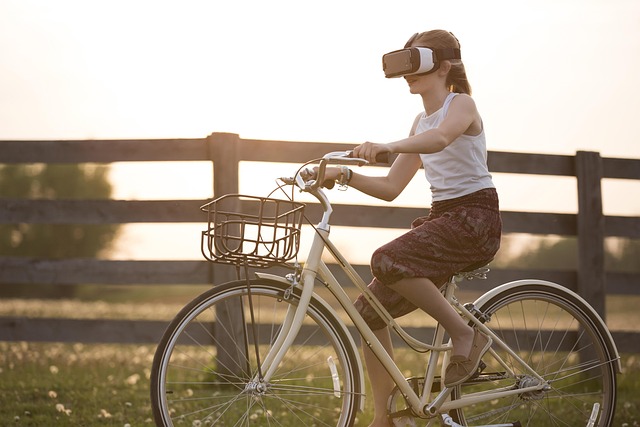Exploring the Future: The Impact of VR Learning in Education
In recent years, the landscape of education has undergone a significant transformation, driven largely by advancements in technology. One of the most striking developments is VR learning, a concept that has taken the world by storm. With the rise of virtual reality (VR), augmented reality (AR), and the emerging metaverse, the potential for immersive learning experiences is greater than ever.
The Power of Virtual Reality in Education
Imagine stepping into a scene where historical events unfold right before your eyes or embarking on a journey through the human body. VR learning allows students not just to witness but to interact with their lessons. This immersive technology fosters a deeper understanding and retention of information, making learning exciting and engaging.
Augmented Reality: Enhancing the Learning Experience
While VR creates a wholly immersive environment, augmented reality takes a different approach by overlaying digital information onto the real world. Picture a student learning about the solar system: rather than looking at a textbook image, they can use AR to visualize planets in their classroom, spinning and rotating in 3D. This blend of reality and digital content opens up new avenues for exploration and discovery, providing a richer educational experience.
The Metaverse: The Future of Collaborative Learning
As we venture into the metaverse, the educational possibilities expand exponentially. The metaverse is not just a single application but a limitless space where students from around the globe can come together in a virtual environment. Imagine a collaborative classroom where students can work on projects, attend lectures, and engage in discussions, all while feeling as though they are physically present with their peers. The metaverse promises to break down geographical barriers and create a truly inclusive learning environment.
Challenges and Considerations
While the prospects of VR learning are exciting, it’s essential to recognize the challenges ahead. Issues such as accessibility, the cost of technology, and training for educators must be addressed to ensure that all students benefit from these innovations. Moreover, educators must carefully consider how to integrate VR and AR into their curricula in ways that enhance traditional teaching methods rather than replace them.
Looking Ahead
As we embrace the future of education, the integration of VR learning, augmented reality, and the metaverse holds immense promise. These technologies are not just tools but gateways to deeper understanding and engagement. By harnessing their potential, we can create learning environments that inspire curiosity, foster collaboration, and prepare students for a rapidly evolving world.
The future of education is bright, and it is undeniably linked to the innovations of VR and AR technologies. As educators, students, and pioneers in the field, we must continue to explore these frontiers, shaping the educational landscape for generations to come.



